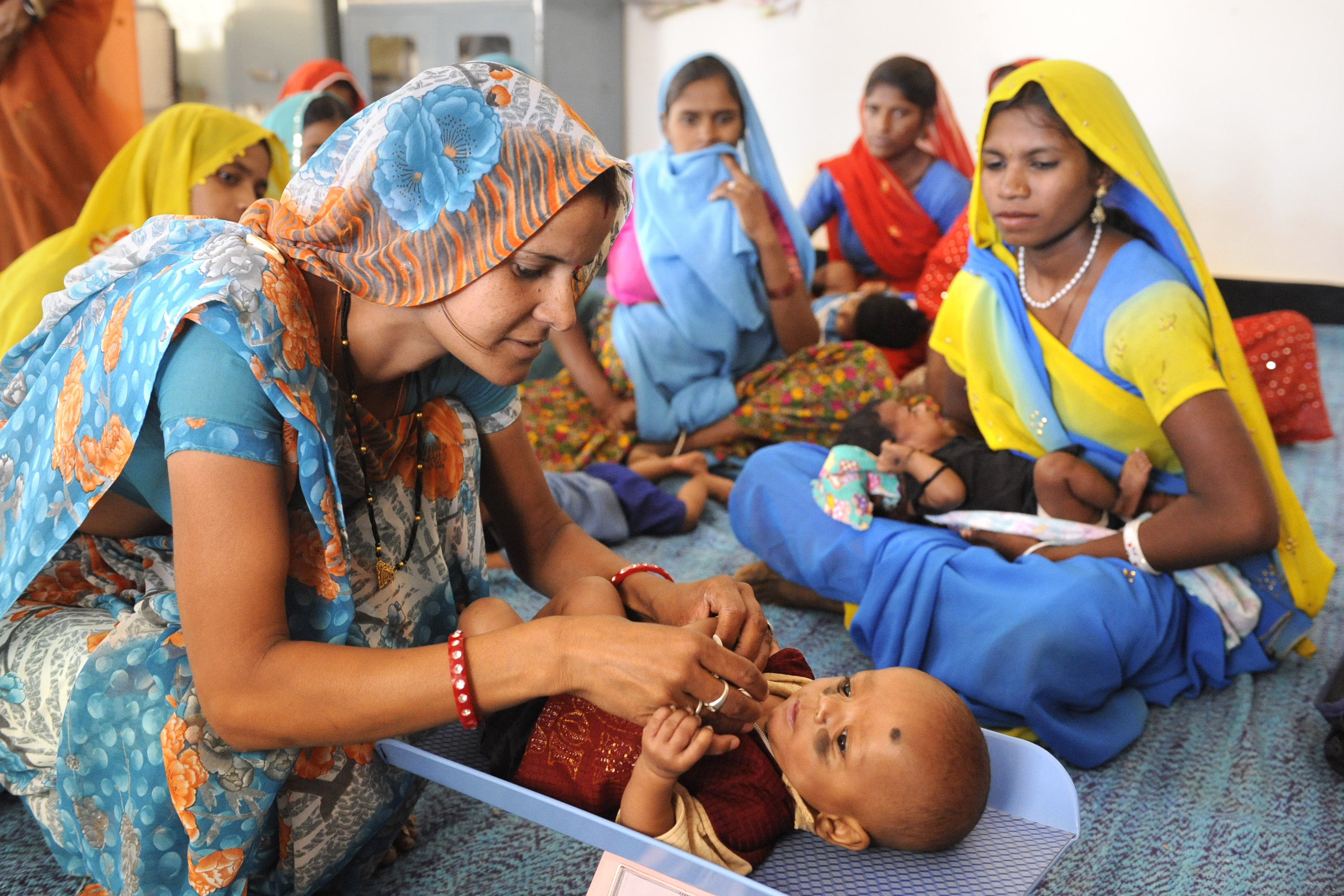830 women die from pregnancy or childbirth each day around the world.
99% of all maternal deaths occur in developing countries.
(World Health Organization)
..

Photo by: United Nations
…
INTERNATIONAL WOMEN’S DAY
March 8th, International Women’s Day (IWD), offers a great opportunity for people to champion gender equality as they celebrate the historical achievements of women in the social, economic, cultural and political fields (1,2).
For over a century, IWD has been recognized as a time when governments, industry, and NGOs collectively act to better women’s rights through rich and diverse activities, such as political rallies, business conferences, networking events and artistic performances. Today, we need this involvement more than ever as we move forward on a foundation of past historical success.
As we celebrate the past, we must look towards the future and continue to fight for women’s equality. There is still progress to be made, especially in regards to education, health, positions of power in business and politics, and the prevention of violence against women. The truth is clear: every girl deserves a future that is equal, safe and rewarding.
.

Photo by: Bill & Melinda Gates Foundation

Photo by: Medium
…
WOMEN’S EQUALITY AND HEALTH
One way to close the gender inequality gap is to focus on reducing preventable maternal deaths. According to the World Health Organization (WHO), 830 women die from pregnancy or childbirth each day around the world (3). Nearly 75% of all maternal deaths are due to delivery complications, severe bleeding, infections, high blood pressure during pregnancy and unsafe abortions (5). In 2015, approximately 303,000 women died from maternal health complications, most of which could have been prevented (3).
Solutions to avoid or treat pregnancy complications are well known. It is vital that women receive prenatal and postpartum care, as well as skilled care during childbirth. However, women are unlikely to receive adequate care in remote areas and in regions with minimal skilled health workers, such as sub-Saharan Africa. In 2015, only 40% of pregnant women in low-income countries had received the four recommended antenatal care visits (3). Other factors that inhibit women from seeking or receiving care include poverty, distance, inadequate services, cultural practices and lack of information. These barriers must be addressed at all levels of the health system in order to tackle maternal mortality. The timely diagnosis and management of pregnancy related complications is a matter of life or death for the mother and baby.
…

Photo by: Erin Goodrow

Photo by: New Security Beat
…
THE SUSTAINABLE DEVELOPMENT GOALS
On September 25th, 2015, member states of the WHO adopted the Sustainable Development Goals (SDGs) with 15-year targets to end poverty and ensure prosperity for all (4). One objective is to reduce the global maternal mortality ratio (MMR) to less than 70 per 100,000 births (3). However, 99% of all maternal deaths occur in developing countries, reflecting the inequities in access to health services. For example, the MMR in 2015 was 239 per 100,000 live births in developing countries versus 12 per 100,000 live births in developed countries. Additionally, over half of the global maternal deaths occur in sub-Saharan Africa, particularly among rural and low-income communities. Overall, women in developing countries have many more pregnancies and have a higher risk of death due to pregnancy. The probability that a 15-year-old woman will die from a maternal cause is 1 in 180 in developing countries versus 1 in 4,900 in developed countries (3). In order to achieve the SDGs, women need greater access to reproductive health services, especially those in low-resource settings.
…
PRIORITIZING MATERNAL HEALTH
WHO and numerous organizations have been working to reduce maternal mortality rates by increasing research, providing evidence-based clinical guidance, setting global standards and delivering technical support. During the United Nations General Assembly in 2015, the Global Strategy for Women’s, Children’s and Adolescents’ Health (2016-2030) was launched as a road map for the post-2015 agenda presented in the SDGs. The aim is to end all preventable deaths of women, children and adolescents, as well as provide an environment for health to thrive. In order to implement this strategy, WHO and partners are working on the following regarding reproductive, maternal and newborn health care: addressing inequalities in access to services, ensuring universal health coverage, addressing causes of maternal mortality and morbidities, strengthening health systems and ensuring accountability for quality care.
For efforts to succeed, the world must unite in prioritizing maternal health. Advocates, organizations, and governments need to take a stand against women’s inequality and provide greater agency, support and resources towards tackling maternal mortality.
If you enjoyed this article, please like & share below.
Check out Covert Killer or Tobacco.
REFERENCES
- https://www.internationalwomensday.com/About
- http://wd2016.org/speaker/jill-sheffield/
- http://www.who.int/mediacentre/factsheets/fs348/en/
- http://www.un.org/sustainabledevelopment/sustainable-development-goals/
- http://www.thelancet.com/journals/langlo/article/PIIS2214-109X(14)70227-X/fulltext
* Cover photo: Center for Strategic and International Studies





















































































